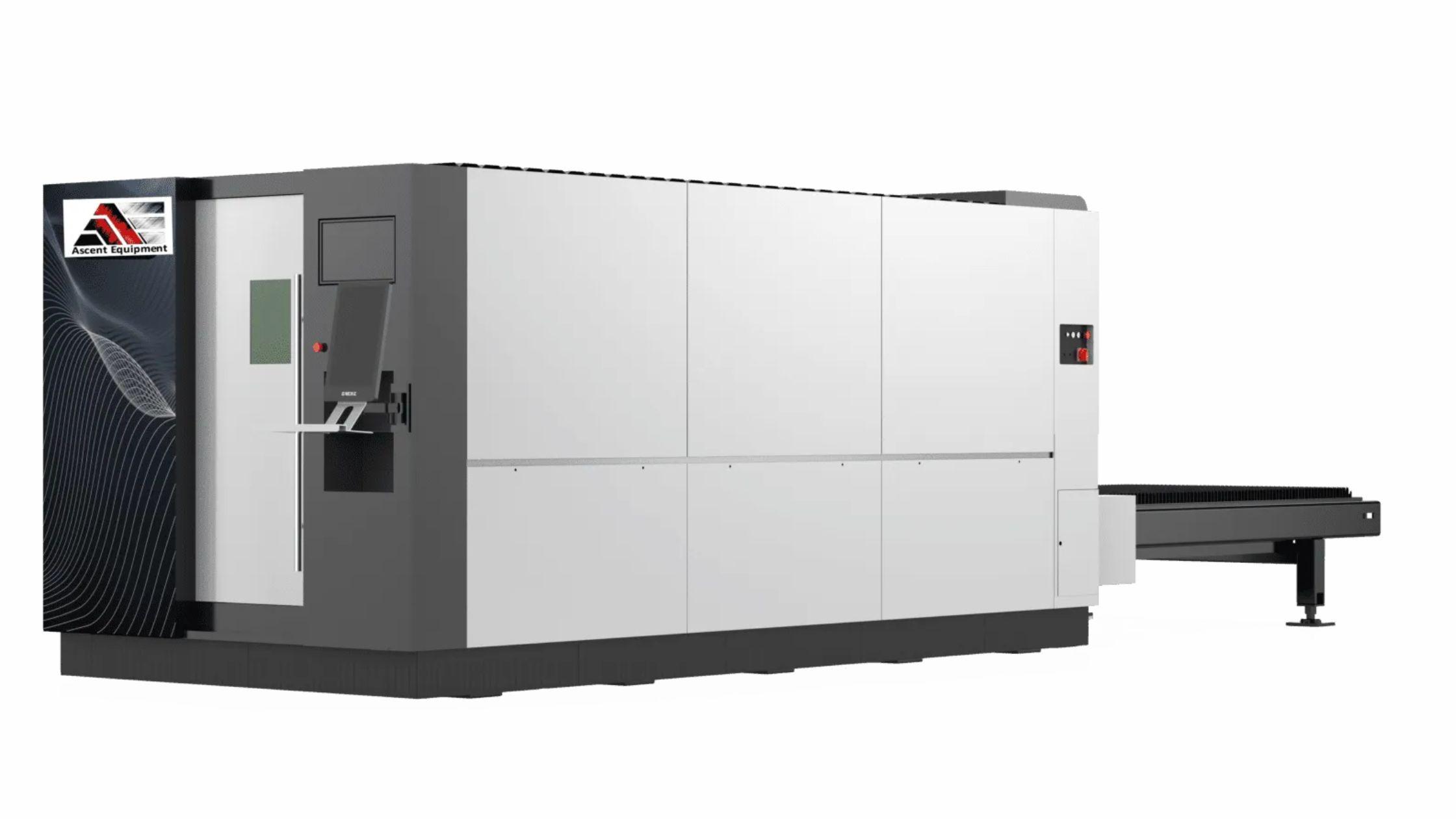Is a CNC Fiber Laser the Right Choice for Your Metal Cutting Business?

In metal cutting, precision and speed can make or break your bottom line. If you're thinking about upgrading equipment, a CNC fiber laser cutting machine for metal might be worth a look. These machines are gaining attention in cutting shops, sign workshops, and fabrication yards. But are they the right tool for your business?
This blog breaks down the main reasons metal workers are leaning toward CNC fiber lasers—and what to watch out for.
Why Shops Are Turning to Fiber Lasers
Metal cutting businesses thrive on efficiency. Traditional methods like plasma or oxy-fuel cutting still work for thick steel, but they have limits. Here’s where fiber lasers step in:
-
Speed: These machines cut through thin and medium metals faster. That boosts output with less downtime.
-
Accuracy: Cuts are clean, tight, and repeatable—even with detailed shapes.
-
Versatility: From stainless steel and aluminum to reflective copper, fiber lasers tackle many metals without swapping tools.
These benefits are why many fabricators are choosing CNC fiber lasers to stay competitive.
Core Features of CNC Fiber Laser Cutting Machines
When looking at fiber laser machines, several components make them stand out. Even without naming brands, most top-quality units share these capabilities:
1. High-Power Laser Source (1kW–4kW)
This provides enough power to slice through 0.5mm to 30mm metal in a single pass.
2. CNC-Controlled Motion System
A precise and rigid motion system ensures every cut is accurate down to fractions of a millimeter.
3. Auto-Focus or Hybrid Cutting Heads
These simplify feeding and nozzle settings, speeding up production even further.
4. Efficient Cooling—Often Air-Cooled
Air-cooled systems mean no complex water tanks, reducing upkeep and downtime.
5. Integrated Safety Features
Enclosed enclosures, protective glass, and sensors keep operators safe from stray beams.
6. Software and CAD/CAM Tools
Import your CAD designs and let the machine cut them exactly as drawn, without guesswork.
These features combine to create a fast, smart, and consistent cutting process.
The Business Advantage
Installing a CNC fiber laser cutting machine for metal pays off in several key ways:
-
Fewer Mistakes: Automatic control means fewer scrap parts.
-
Less Cleanup: Laser cuts leave smooth edges, eliminating burrs and grinding.
-
Energy Efficiency: Fiber lasers are more efficient than CO₂ lasers or oxy-fuel setups.
-
Lower Tool Wear: With no consumable torches or electrodes, cost stays stable.
These improvements translate into less waste and more reliable work—perfect for businesses aiming to grow.
Real-World Scenarios
-
Sign Makers
Laser-cut metal sign letters or faces with ease. A fiber laser can match or beat the speed of plasma while giving cleaner edges.
-
HVAC & Refrigeration Shops
Cut coils, duct flanges, or tubing accurately. If you already work with a refrigeration welding machine, New York style, adding its precision cutting partner brings consistency and quality to each build.
-
Custom Fabricators
Produce brackets, enclosures, and panels with clean weld-ready edges—saving time and effort down the line.
Handling Different Metal Types
Fiber lasers work smoothly across metals:
-
Stainless Steel & Mild Steel: Cut thick parts quickly without distortion.
-
Aluminum: Avoid hot cracking with fast, focused beams.
-
Copper & Brass: These reflective metals were hard before—but modern fiber lasers manage them well.
That versatility is one reason fabrication shops find fiber lasers invaluable.
Challenges to Keep in Mind
No tool is perfect. Consider these before investing:
1. Initial Cost
A new fiber laser is a big investment. But look at long-term gains in quality and throughput.
2. Learning Curve
A reliable operator needs some training in controls, maintenance, and part loading.
3. Safety Regulations
Adequate ventilation and eye protection are essential due to intense beams and metal fumes.
Getting the Most from Your Machine
Increase your returns by focusing on:
-
Preventive Maintenance: Check optics, clean lenses, and inspect moving parts.
-
Software Training: Optimize nesting and cutting paths for maximum material use.
-
Part Handling Routines: Use consistent loading/unloading to avoid damage or errors.
These steps help maintain performance and uptime.
Is It Right for Your Business?
Ask yourself:
-
Do I cut a lot of thin to medium sheet metal?
-
Do my projects need tight tolerances or clean finishes?
-
Am I ready to invest in training and setup?
-
Do I want to lower scrap and speed up production?
If you answered yes to any of these, a fiber laser cutter may fit well into your operations.
Energy Efficiency and Sustainability
Fiber lasers use less energy than older laser types and oxy-fuel setups. They also reduce material waste and rework. That green edge can help you keep costs down and make clients happy.
Portable Cutting Meets On-Site Work
Some modern units include air-cooled systems and reduced footprints. Combine them with portable welding units like your refrigeration welding machine, and you’ve got flexible on-site fabrication without heavy shop infrastructure.
Key Takeaways
A CNC fiber laser cutting machine for metal is more than an upgrade—it’s a shift toward faster, cleaner, and more reliable work. For metal businesses cutting thin to medium sheets, it’s a game changer.
Yes, it requires investment and effort. But the payoff is real: tighter parts, smoother bends, less labor, and a cleaner shop floor. Add quality welding and cutting to your workflow, and you’re building a smarter metal business.
- Art
- Causes
- Crafts
- Dance
- Drinks
- Film
- Fitness
- Food
- Games
- Gardening
- Health
- Home
- Literature
- Music
- Networking
- Other
- Party
- Religion
- Shopping
- Sports
- Theater
- Wellness



